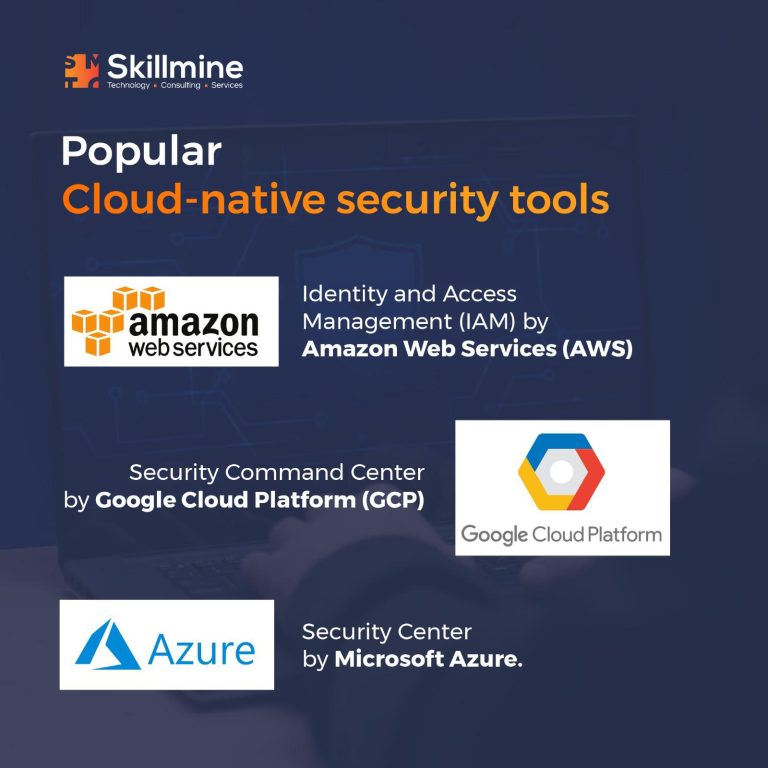In today’s digital landscape, cloud-based services have become an integral part of almost every business. According to Cloudwards, a leading portal on cloud technologies, by 2025, the total data storage in the world will exceed 200 zettabytes. 50% of that (100 zettabytes) will go to the cloud—an astronomical figure considering that one zettabyte equals a billion terabytes.
From data storage to software-as-a-service (SaaS), the cloud provides companies numerous benefits, including scalability, cost savings, and remote accessibility. However, with these benefits come several security risks, making cloud security an essential aspect of any organization’s cybersecurity strategy.
Here are six critical takeaways for securing your cloud-based business:
Develop a robust security strategy
The first step towards securing your cloud-based business is to create a powerful security strategy that addresses all potential threats. This strategy should be comprehensive, scalable, and tailored to your organization’s needs. It should include data encryption, multi-factor authentication, and access controls. A well-planned security strategy helps identify potential threats and provides a roadmap to mitigate those threats.
One such case study is the implementation of cloud security practices by a multi-national beverage corporation. The company developed a comprehensive security strategy that includes a centralized IT infrastructure, access controls, and third-party vendor assessments to secure its cloud-based systems.
Leverage cloud-native security tools
Cloud providers offer a range of security tools that can help organizations secure their cloud-based infrastructure. These tools are designed to work seamlessly with the cloud environment, making them more effective than traditional security tools.

A leading OTT streaming service provider has been leveraging cloud-native security tools effectively. The company uses a combination of AWS’s security tools to secure its cloud-based infrastructure, including AWS CloudTrail, AWS Config, and AWS Trusted Advisor.
Implement a zero-trust model
A Zero-Trust model is a security approach that assumes that every user and device is a potential threat. It involves verifying users’ identities, monitoring their behaviour, and enforcing access controls. Organizations can significantly reduce the risk of unauthorized access and data breaches by implementing a Zero-Trust model.
For example, a popular search engine implemented a Zero-Trust model to secure its cloud-based infrastructure. The company uses a combination of access controls, device management, and behaviour monitoring to ensure that only authorized users can access its cloud-based systems (Read 7 Steps of cloud migration).
Conduct regular security audits
Regular security audits are essential to ensure that your cloud-based infrastructure remains secure. These audits can help identify potential vulnerabilities, assess the effectiveness of security controls, and ensure compliance with relevant regulations. Regular security audits help identify the areas that require improvements and ensure that security policies are up-to-date.
For example, a multi-national computer software company conducts regular security audits of its cloud-based infrastructure. The company uses third-party security firms to perform penetration testing, vulnerability assessments, and compliance audits.
Develop an incident response plan
Developing an incident response plan is crucial to ensure that your organization can respond quickly and effectively during a security breach. This plan should outline the steps to be taken in the event of a security breach, including identifying the scope of the breach, mitigating the impact, and communicating with relevant stakeholders.
For example, a leading travel and hospitality management firm has developed a comprehensive incident response plan to address any possible security incidents. The company’s incident response plan includes a dedicated team, communication protocols, and pre-defined response procedures in case of breach.
Invest in employee training
Investing in employee training is essential to ensure that your organization’s employees are aware of the risks associated with cloud-based services and understand how to use them securely. This training should include best practices for password management, phishing awareness, and safe internet usage.
A multinational financial corporation based in America has a comprehensive employee training program to ensure its employees understand the risks associated with cloud-based services. The program includes regular training sessions, simulated phishing attacks, and ongoing security awareness sessions.
Final thoughts
In conclusion, securing your cloud-based world requires a comprehensive, multi-layered approach that covers all potential security risks. By prioritizing cloud security and taking a proactive approach, organizations can protect themselves against potential threats and maintain the trust of their customers and stakeholders. Skillmine’s cloud transformation practices incorporate the best security practices.
Looking for expert technology consulting services? Contact us today.





